
Ethylene-gibberellin signaling underlies adaptation of rice to periodic flooding ($) (Science)
Plant Science Research WeeklyThe diverse responses of rice to flooding are really interesting. Many varieties die, some survive by essentially becoming metabolically quiescent to conserve their energy (which involves the Sub1 pathway), and some, called deepwater rice, respond through rapid elongation that elevates their leaves above…
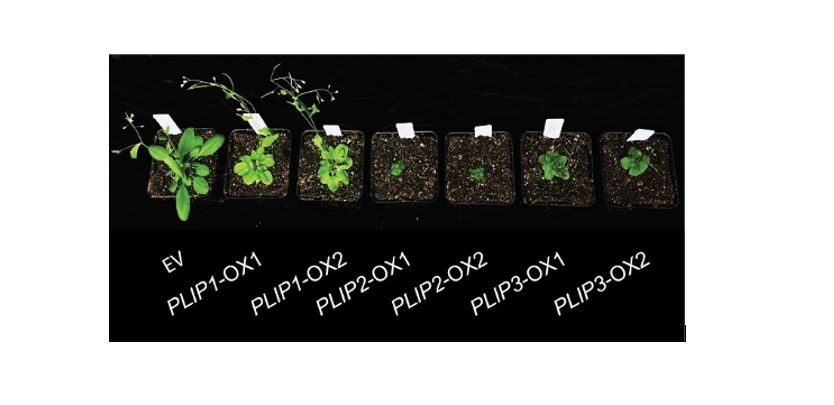
When Lipids Meet Hormones: Plants’ Answer to Complex Stresses
Research, The Plant Cell, The Plant Cell: In a NutshellWang et al. show that abscisic acid-inducible genes encode lipid degrading enzymes that release polyunsaturated fatty acids from chloroplast lipids as precursors for jasmonic acid production leading to biotic defenses in Arabidopsis. Plant Cell doi.org/10.1105/tpc.18.00250
By Kun Wang and Igor Houwat
Background:…
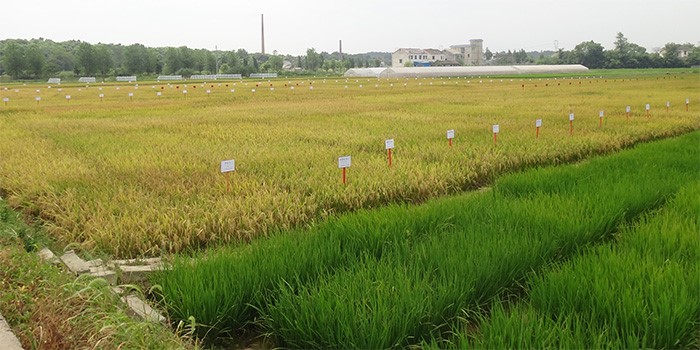
Kinase STRK1 Phosphorylates Catalase to Enhance Rice Salt Tolerance
Research, The Plant Cell, The Plant Cell: In a NutshellZhou et al. demonstrate that a kinase STRK1 can phosphorylate CatC to enhance rice salt toterance. The Plant Cell (2018). https://doi.org/10.1105/tpc.17.01000
By Yan-Biao Zhou, Cong Liu, Jian-Zhong Lin and Xuan-Ming Liu
Background: Salt stress can significantly affect plant growth and agricultural…
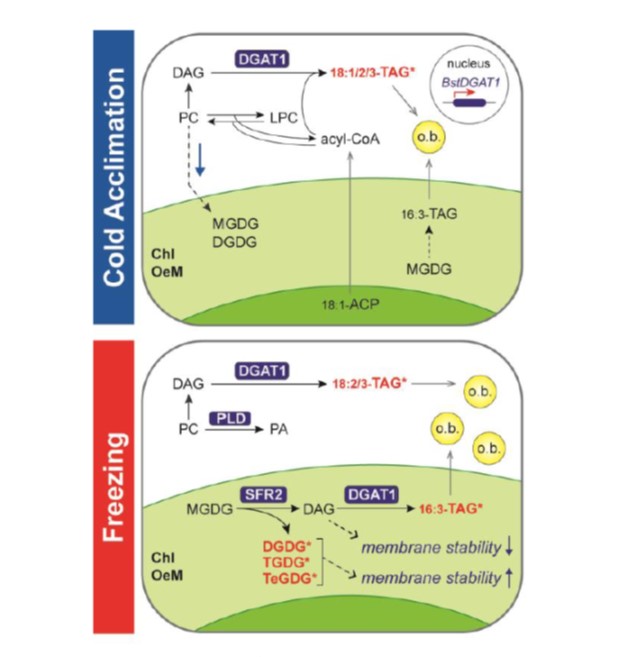
A Lipid Synthesis Enzyme Confers Freezing Tolerance
Blog, Plant Physiology, Plant Physiology: On The InsideDespite major advances in understanding cold signaling, cold acclimation, and freezing protection in model and crop species, and extensive studies of natural variation in freezing tolerance in Arabidopsis accessions, the question of which genes and mechanisms underlie freezing tolerance of wild species…
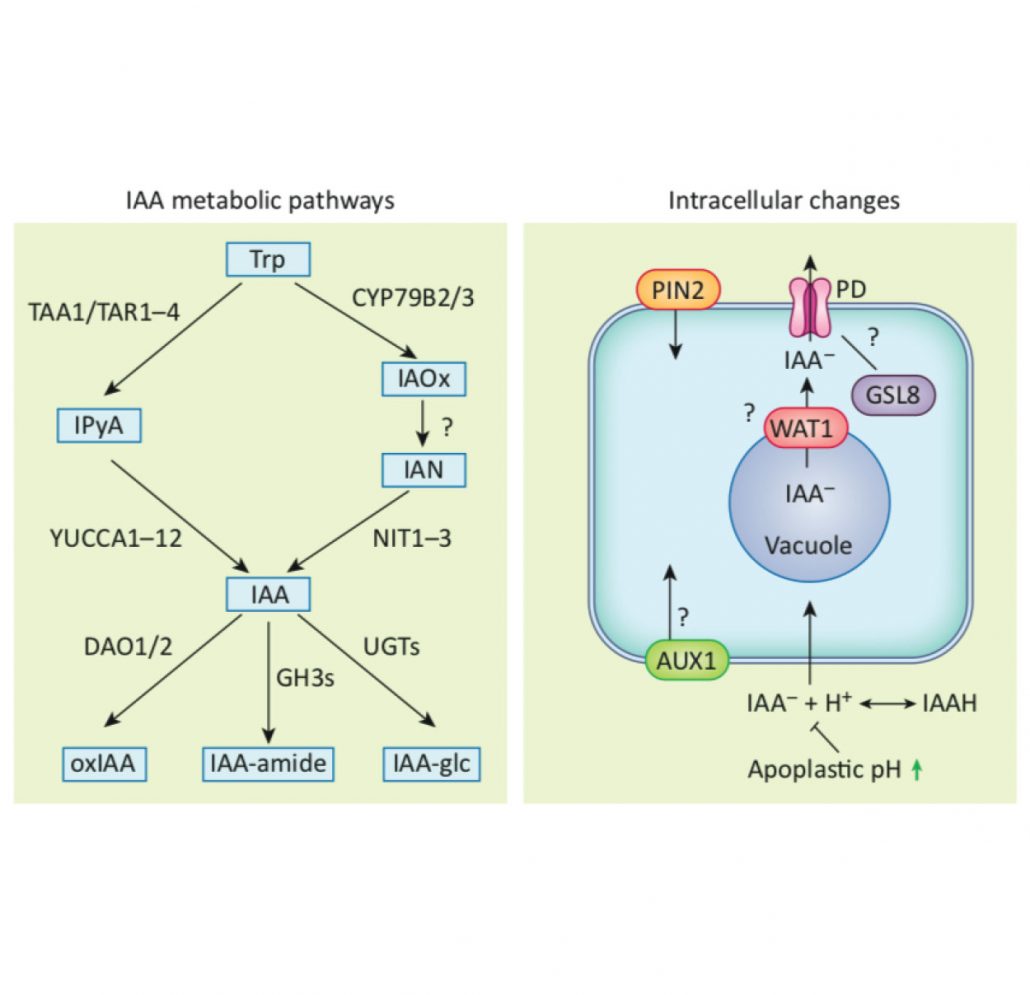
Review. Out of shape during stress: a key role for auxin
Plant Science Research WeeklyThe plant hormone auxin is a major player in determining root growth and architecture, but we are just starting to understand how auxin distribution is altered by abiotic stresses. Kover et al. discuss how the “upside-down fountain” of auxin in the root is affected by abiotic stress conditions. Auxin…
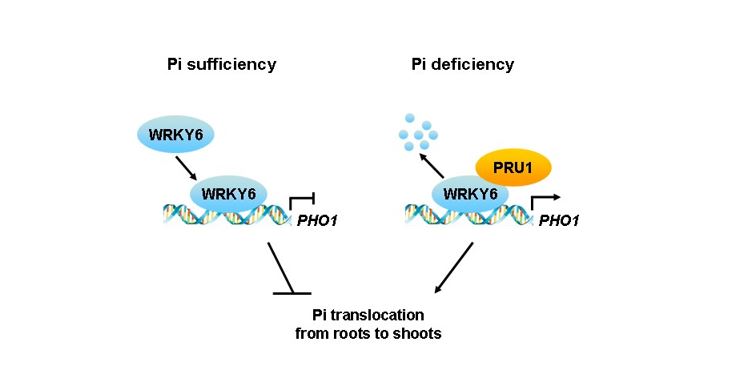
Phosphate Translocation from Roots to Shoots is Precisely Modulated
Research, The Plant Cell, The Plant Cell: In a NutshellYe et al. discover a protein that mediates phosphate translocation and is dependent on environmental phosphate supply. Plant Cell (2018). https://doi.org/10.1105/tpc.17.00845
By Qing Ye and Yi-Fang Chen
Background: Phosphorus is a major essential nutrient for plant growth and development, and phosphate…

Protein Editing for Multi-Tasking
Research, The Plant Cell, The Plant Cell: In a NutshellZauner et al. investigate the mechanism of protein re-purposing. The Plant Cell (2018). https://doi.org/10.1105/tpc.17.00963.
By Florian B. Zauner, Elfriede Dall and Hans Brandstetter
Background: Plants cannot run away from herbivores, drought, or heat. To withstand adverse conditions, plants have…

Summer fun: how plants beat the heat
Blog, The Plant Cell, The Plant Cell: News
By Adam Phillips. Reprinted from It Ain't Magic, The RIKEN Global Communications Team https://itaintmagic.riken.jp/hot-off-the-press/plants-beat-heat
It seems like I’ve been writing a lot about plants recently. The truth is that I hardly have enough time to write about all the cool plant…
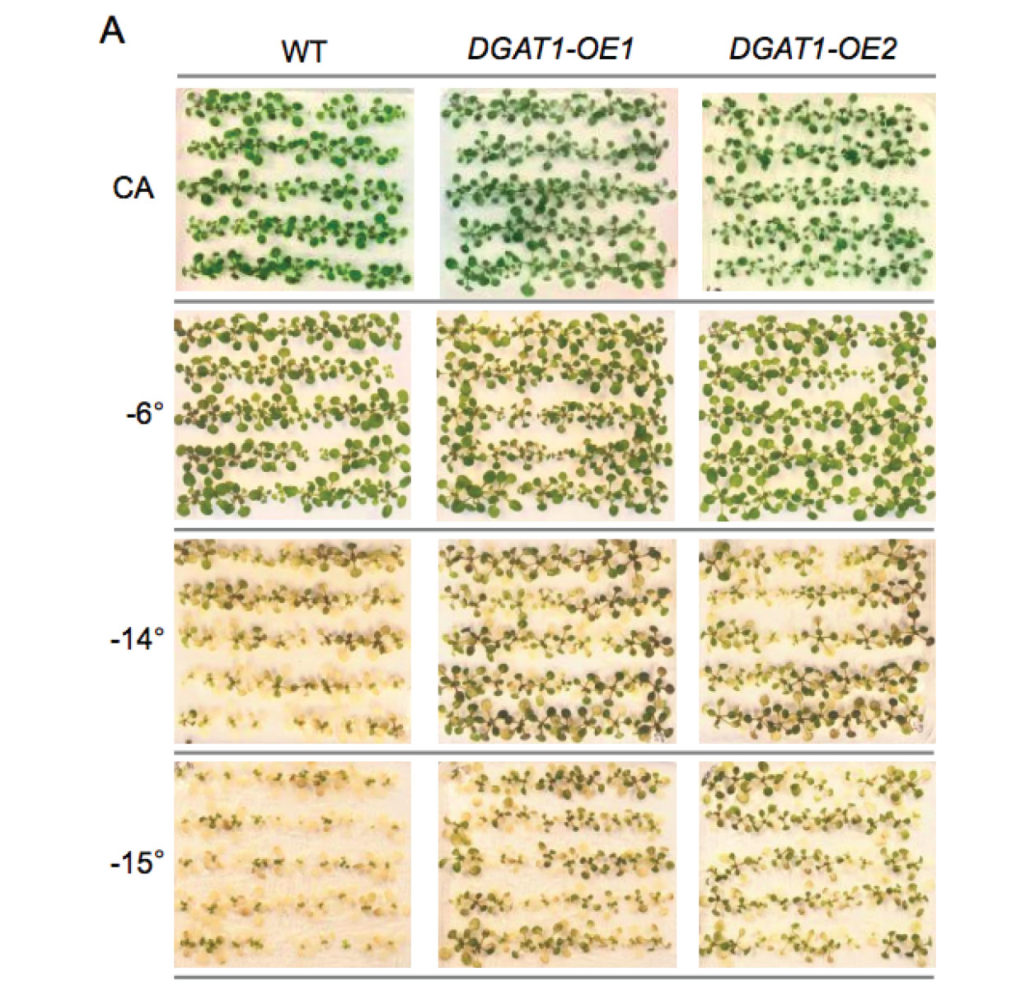
Diacylglycerol acyltransferase 1 contributes to freezing tolerance
Plant Science Research WeeklyLow temperature is one of the environmental factors limiting the plant distribution. Yet there are some plants that can survive freezing temperatures, such as Boechera stricta, native to the Rocky Mountains, spread across a broad range of elevations. Arisz and colleagues observed that freezing tolerance…

